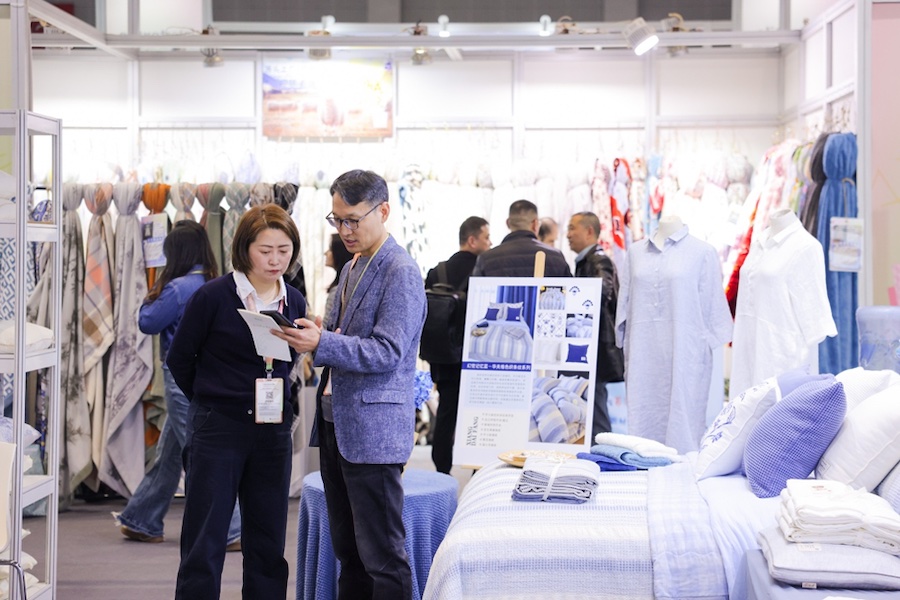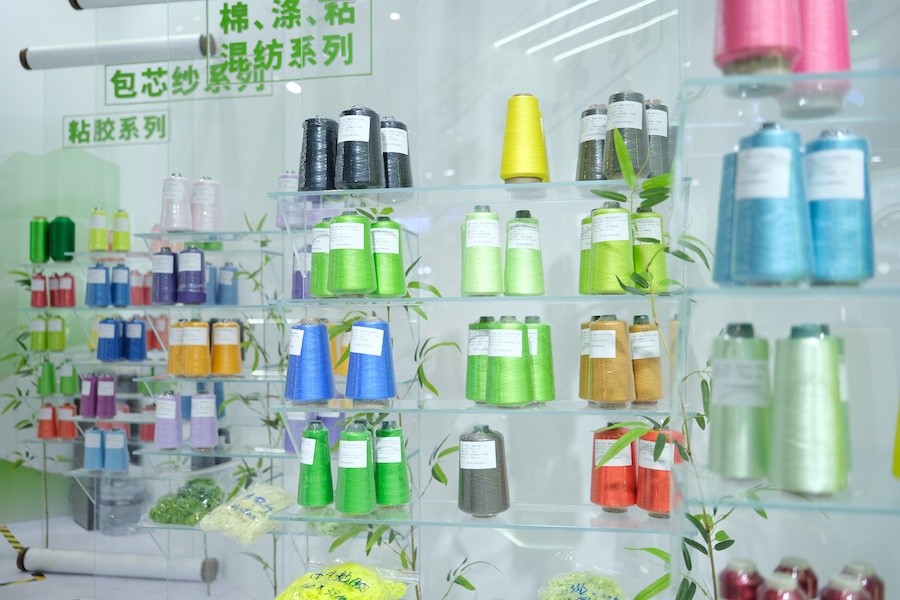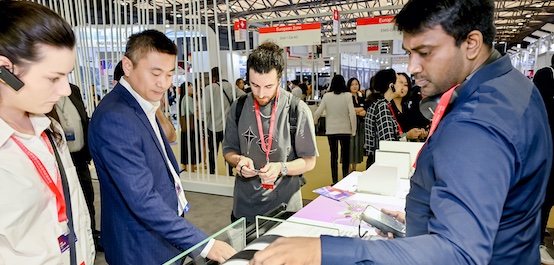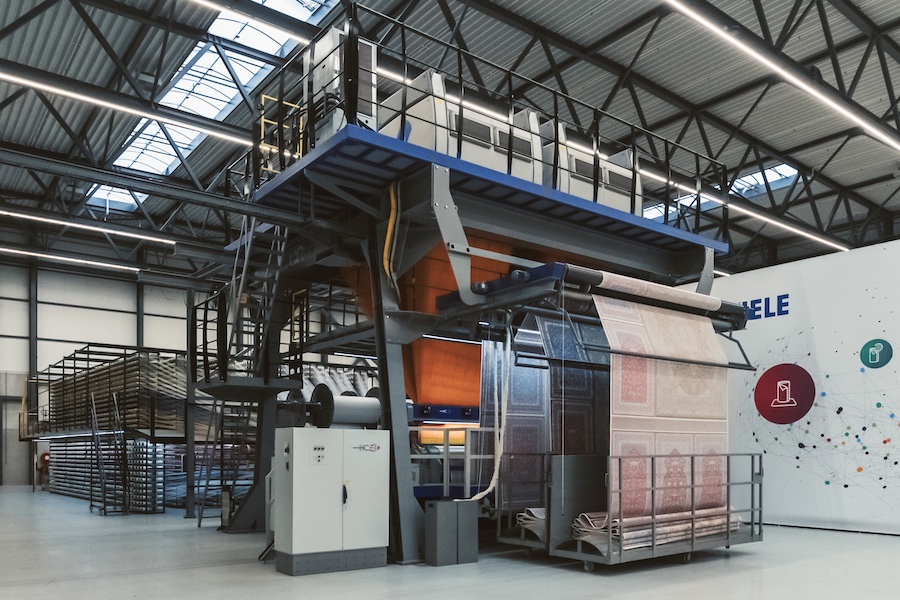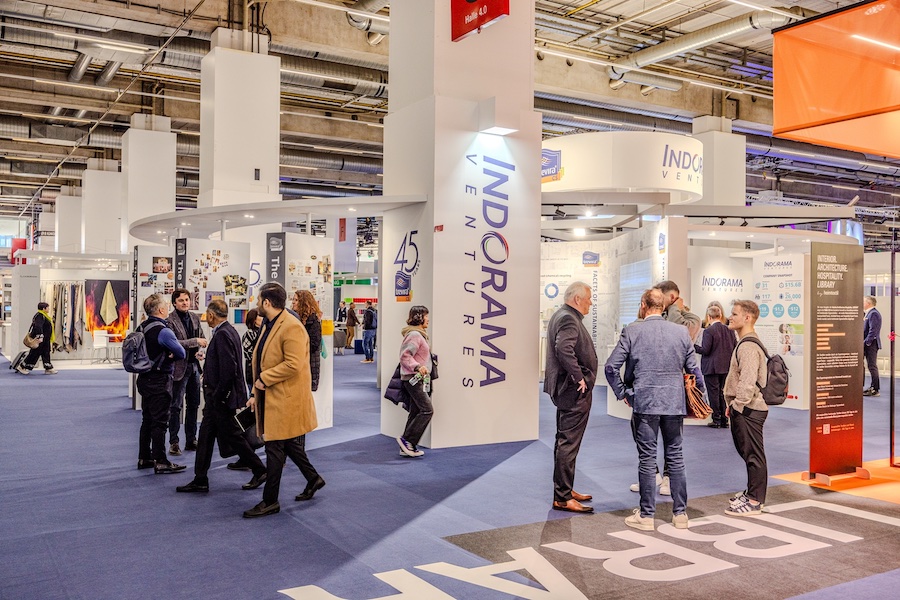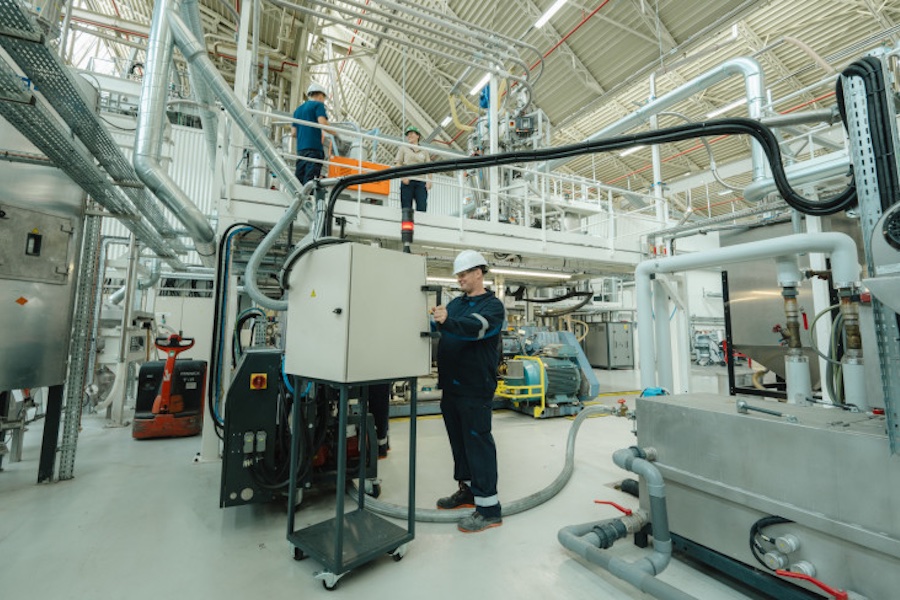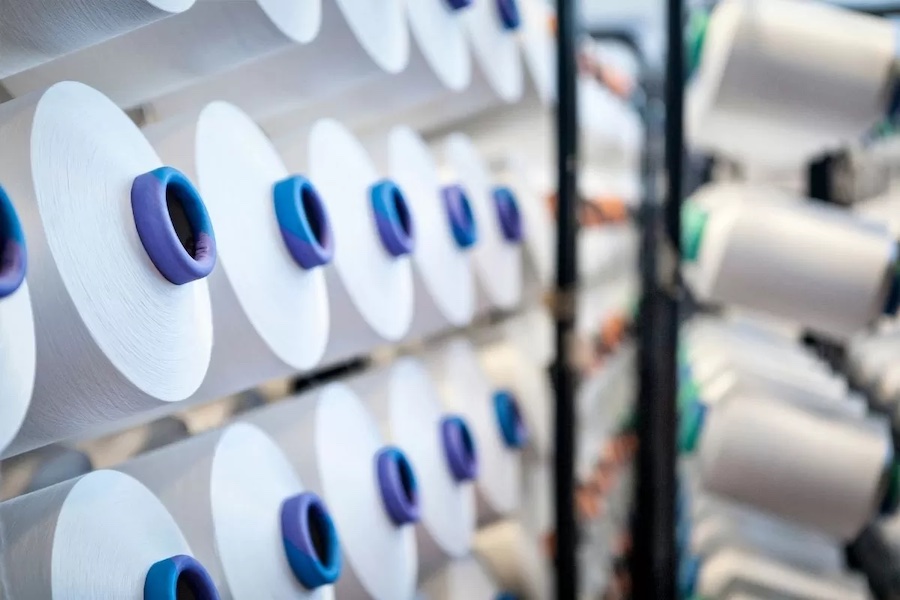#Yarn & Fiber
With 10,000 years of history, see why spinners are choosing hemp again
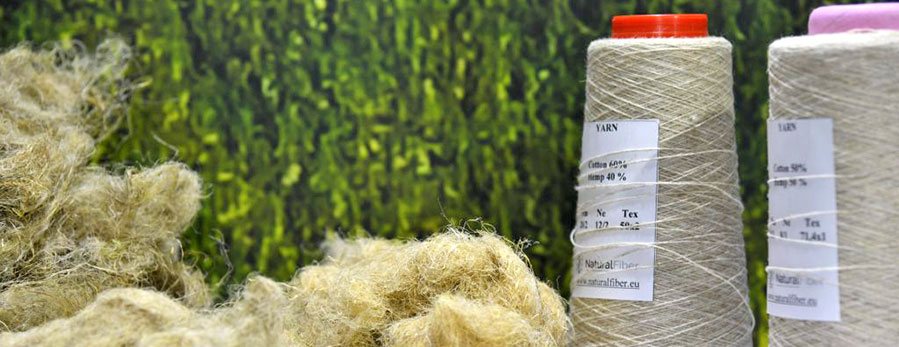
Messe Frankfurt spoke to Mr Donatas Cerkevicius, Commercial Director of Naturalus Pluostas, about today’s potential for hemp in the textile industry.
Messe Frankfurt: To begin, please could you tell us more about Naturalus Pluostas and your products at Yarn Expo?
Donatas Cerkevicius: Naturalus Pluostas specialises in growing, harvesting and processing hemp stalks into fibre and our aim is to create a high-quality fibre for spinners in the textile industry. We control the whole process, starting with research and development to find a seed variety that suits our climate in Lithuania. We are totally dedicated to hemp for textiles and we can show the whole process to our clients. Our main products presented are decorticated and cottonised hemp fibres.
MF: Would you say that hemp textiles are coming back into fashion – is the hemp industry becoming revitalised?
DC: Yes, society and consumers in general are showing interest in products that have a lower environmental impact – and that’s what hemp is all about. Years ago, people were looking for cotton, then synthetic fibres, and now they’re going back to the roots, looking for natural fibres like hemp. Well known global brands like Levi’s and Patagonia have already launched jeans, denim jackets and other products made using cotton and hemp blends.
MF: What makes hemp a sustainable crop?
DC: Compared to cotton, on average, hemp can use four times less water to grow, and can provide four times more fibres. It grows rapidly and doesn’t require pesticides. The harvesting process also enriches the soil with minerals. If a hemp plant is three metres tall, its roots are also three metres deep, and so the roots bring minerals up to the top of the soil. And of course it’s fully biodegradable. These properties make the industry talk about hemp and explore hemp textiles. We dare to say hemp could be the next cotton.
MF: So what do you think are the benefits of using hemp to make textiles?
DC: Besides the environmentally-friendly aspects of growing hemp, the fibre itself is strong and soft. Fabrics made from hemp are durable. And it’s functional – it’s anti-bacterial, anti-UV and very breathable. Hemp helps to control moisture, so it’s comfortable to wear, and becomes softer after every wash. This is ideal for consumers who are tired of low quality textiles that can only be used for a season before being thrown out. Hemp is something you can buy and wear for years. And as a grower, we aim to create a high quality product for spinners, who can then create a high quality end product that lasts.
MF: Are you optimistic about future demand for hemp?
DC: Well, just five years ago, we only saw a little supply and a little demand on the market. It was seen as something for premium products, and not for a global scale. But since then, the market has grown significantly, and now it is absolutely global. Innovative companies have already started research and development on how they can work with hemp fibres, especially in the textile industry. It’s estimated that 50,000 products can be made from hemp. The fibres are safe and comfortable enough for high-quality upholstery, bedding and tableware fabrics, as well as denim and apparel. Hemp is very diverse, it can be used in so many markets, and can be easily blended with other materials like cotton and viscose. I think that spinners will continue to research hemp and we will see a huge improvement in the accessibility of hemp in the market, maybe even within the next two years.
MF: Was this part of your decision to exhibit at Yarn Expo for the first time?
DC: We have built a new processing plant in Lithuania, increasing our production ability to almost 7,000 tonnes a year. So we are ready to show what we can do on a global scale. Yarn Expo is the best place to meet professionals from spinning mills, trade buyers and even designers who come here to see trending textures and colours. That’s why we decided to participate, here in China, because we know that the Chinese textile industry is huge, and a very big market for hemp fibres. And lots of companies from Asia exhibit or visit here, so it’s everybody in one place, in one go.
MF: And how has your first experience at Yarn Expo been?
DC: The fair is well organised, there are lots of great manufacturers here who already have a good knowledge of hemp fibres. The Yarn Expo team has provided a lot of good coverage and we have met professionals enquiring about hemp fibres. We have met a lot of very professional visitors. This has exceeded our expectations, it’s been a great experience.
MF: We’re glad to see high demand for quality and sustainability at Yarn Expo! Thank you Mr Cerkevicius.
Yarn Expo overview
Yarn Expo Autumn 2019 was held from 25 – 27 September. The fair is organised by Messe Frankfurt (HK) Ltd and the Sub-Council of Textile Industry, CCPIT. The next edition of Yarn Expo Spring will take place from 11 – 13 March 2020, once again at the National Exhibition and Convention Center (Shanghai).



